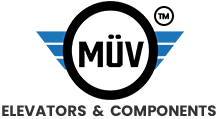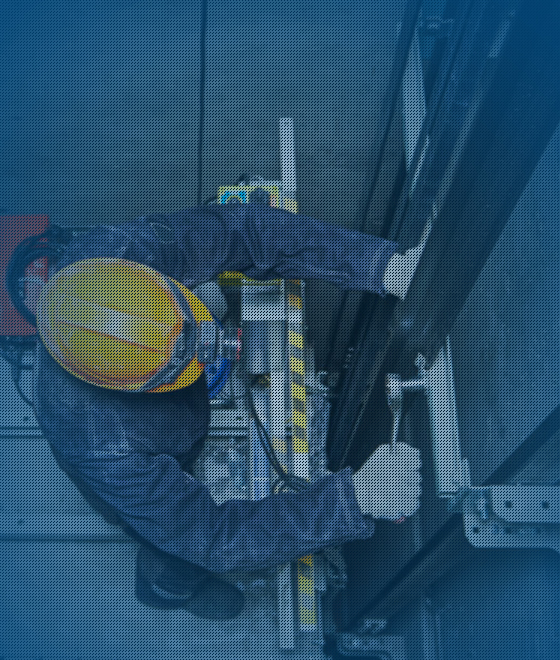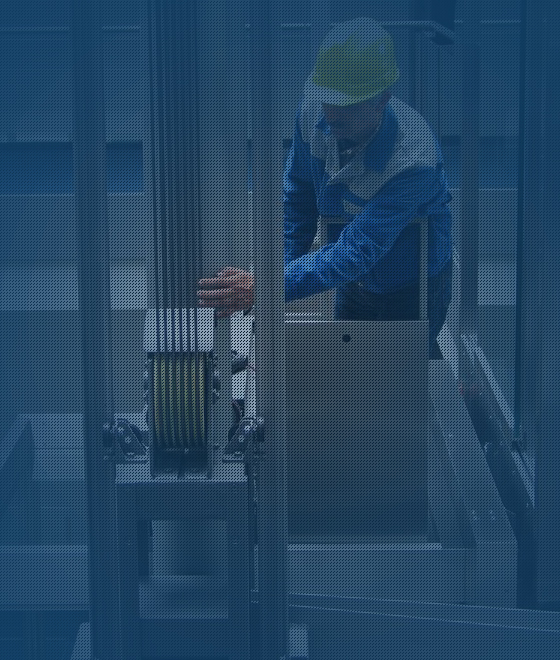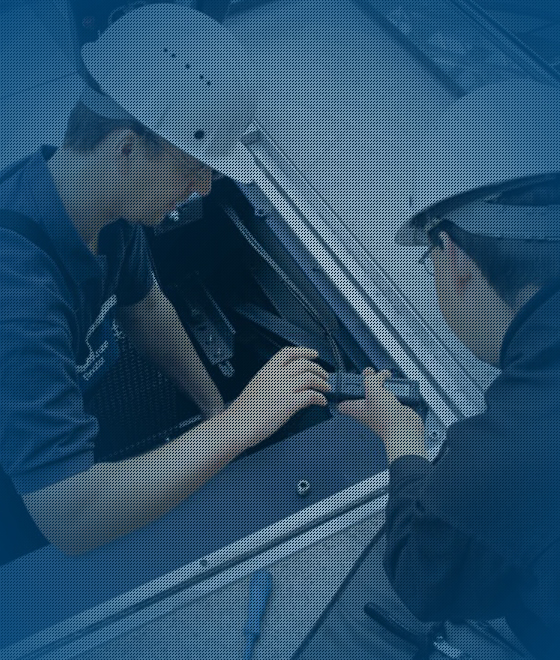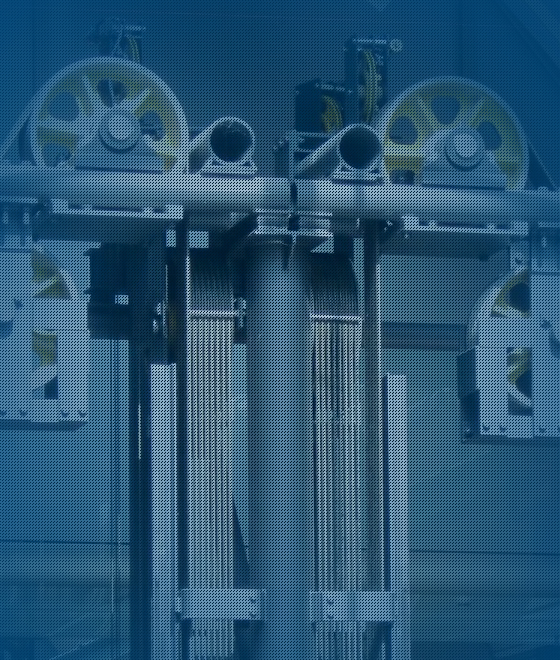Elevating Your Experience, One Floor at a Time
Introduction:
Welcome to MÜV Elevators your trusted partner for innovative elevator solutions. With years of expertise in the industry, we specialize in designing, installing, and maintaining top-quality elevators that combine safety, style, and functionality.
Our team of skilled professionals is dedicated to delivering exceptional service, ensuring seamless mobility and accessibility for commercial, residential, and industrial properties. From modernizations to new installations, we cater to diverse needs, prioritizing efficiency, reliability, and customer satisfaction.
Mission:
To revolutionize vertical transportation, providing efficient, safe, and stylish elevator experiences that enhance the value of your property.
Values:
Safety First
Customer-Centric Approach
Innovation and Quality
Timely Delivery
Transparency and Trust
Key Services:
Types of Elevator Installations:
Traction Elevators
Hydraulic Elevators
Machine Room-Less (MRL) Elevators
Gearless Elevators
Inclined Elevators
Freight Elevators
Passenger Elevators
Residential Elevators
Key Considerations:
Building design and layout
Elevator type and capacity
Safety features (e.g., brakes, sensors)
Energy efficiency
Maintenance and repair access
Compliance with local codes and regulations
Elevator Installation Process:
Site Preparation: Ensure site readiness, including shaft construction and electrical connections.
Equipment Delivery: Receive and inspect elevator components.
Installation: Install elevator car, rails, motors, and control systems.
Electrical Connections: Connect electrical power and control systems.
Testing and Commissioning: Conduct safety tests and ensure smooth operation.
Final Inspection: Verify compliance with codes and regulations.
Benefits of Professional Installation:
Ensures safety and reliability
Optimizes performance and efficiency
Extends equipment lifespan
Reduces maintenance costs
Enhances user experience
Elevator Installation Standards:
ASME (American Society of Mechanical Engineers) A17.1
EN 81 (European Standard)
Local building codes and regulations
Timeline and Cost:
Varies depending on project scope, complexity, and location.
Elevator modernization involves upgrading or replacing existing elevator systems to improve performance, safety, and efficiency.
Benefits of Elevator Modernization:
Enhanced safety features
Improved reliability and reduced downtime
Increased energy efficiency
Modernized aesthetics and design
Compliance with updated building codes and regulations
Improved accessibility and mobility
Reduced maintenance costs
Increased property value
Components Typically Upgraded or Replaced:
Controllers and control systems
Motors and gearboxes
Elevator cars and cab interiors
Doors and door operators
Safety brakes and sensors
Electrical and mechanical components
Hydraulic or traction systems
Modernization Options:
Full modernization: Complete replacement of elevator system
Partial modernization: Upgrade of specific components
Retrofitting: Adding new features to existing system
Process:
Assessment and survey
Design and planning
Permitting and approvals
Installation and testing
Commissioning and training
Types of Elevator Modernization:
Traction elevator modernization
Hydraulic elevator modernization
Machine Room-Less (MRL) modernization
Gearless modernization
Challenges and Considerations:
Disruption to building operations
Budget constraints
Space limitations
Code compliance
Coordination with other building systems
Cost and Timeline:
Varies depending on project scope, complexity, and location.
Why Modernize?
Improve safety and reliability
Enhance user experience
Increase property value
Reduce maintenance costs
Stay compliant with regulations
Ensure safe, reliable, and efficient operation
Types of Maintenance:
Preventive Maintenance (PM)
Predictive Maintenance
Corrective Maintenance
Routine Maintenance
Tasks:
Regular inspections
Lubrication and cleaning
Adjustments and alignments
Replacement of worn parts
Safety test and certifications
Elevator Repair
Types of Repairs:
Emergency Repairs
Scheduled Repairs
Major Overhauls
Common Issues:
Door problems
Leveling issues
Speed and control issues
Electrical and mechanical failures
Brake and safety system failures
Benefits of Regular Maintenance:
Reduced downtime
Improved safety
Increased efficiency
Extended equipment lifespan
Cost savings
Maintenance Schedules:
Daily/Weekly checks
Monthly/Quarterly inspections
Annual/ Bi-Annual maintenance
Repair and Maintenance Costs:
Varies depending on frequency, type, and complexity of work
Tailored to meet specific building requirements, user needs, and architectural designs.
Types of Customized Solutions:
Car Interior Design: Custom cab designs, finishes, and layouts.
Door Systems: Specialized door operators, sizes, and configurations.Control Systems: Bespoke control panels, interfaces, and algorithms.Capacity and Size: Customized car sizes and capacities.Speed and Performance: Optimized speed and acceleration.Accessibility Features: Integrated accessibility solutions (e.g., wheelchair lifts).Energy Efficiency: Customized energy-saving solutions.Integration with Building Systems: Seamless integration with building management systems (BMS).
Benefits:
Enhanced user experience
Increased property value
Improved accessibility and mobility
Optimized energy efficiency
Customized aesthetic appeal
Increased safety features
Improved performance and reliability
Applications:
Luxury Residences
High-Rise Buildings
Hospitals and Healthcare Facilities
Commercial and Office Buildings
Hotels and Resorts
Retail and Shopping Centers
Industrial and Manufacturing Facilities
Design and Installation Process:
Consultation and needs assessment
Custom design and engineering
Manufacturing and testing
Installation and commissioning
Testing and certification
Key Considerations:
Building codes and regulations
Space constraints and limitations
Budget and timeline
User requirements and expectations
Maintenance and repair accessibility
Technology Integration:
Artificial Intelsligence (AI)
Internet of Things (IoT)
Building Information Modelling (BIM)
Smart Building Technologies
Download Brochure



